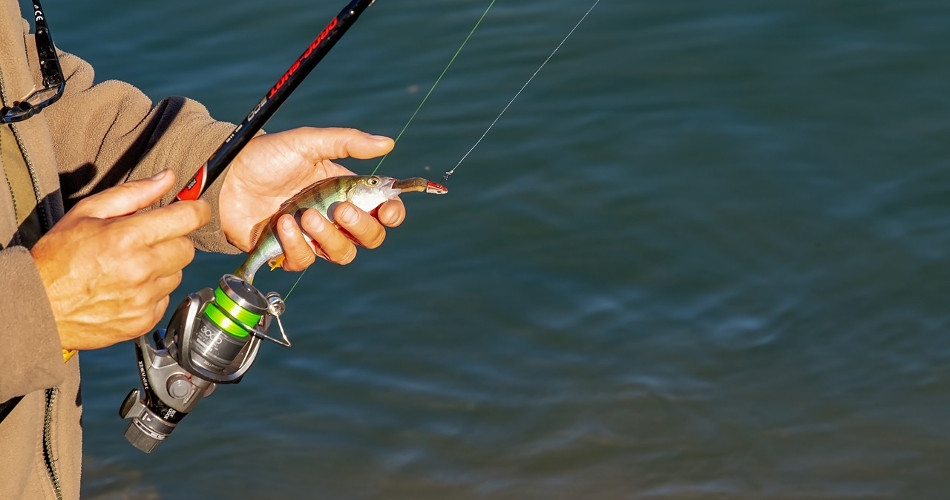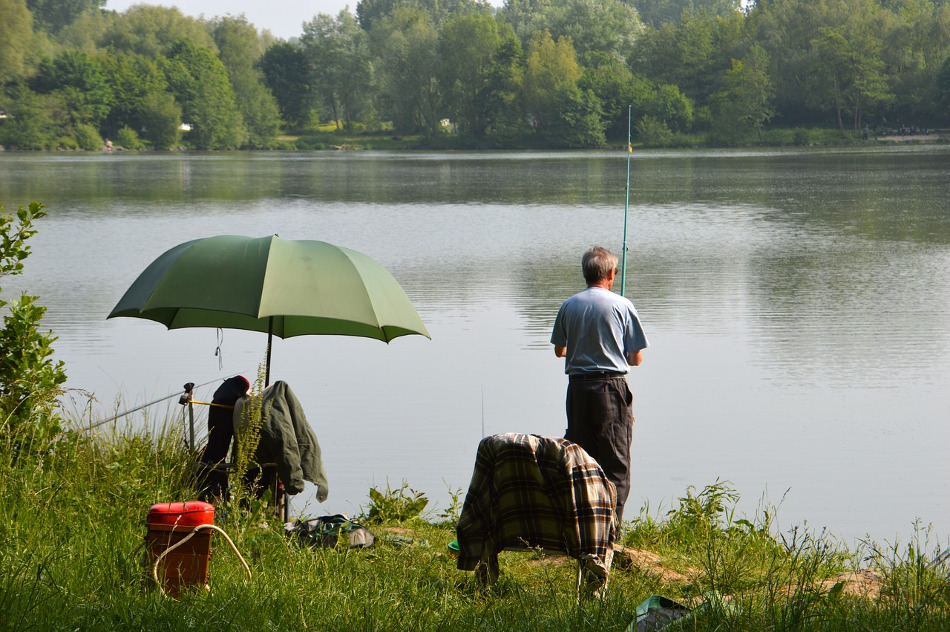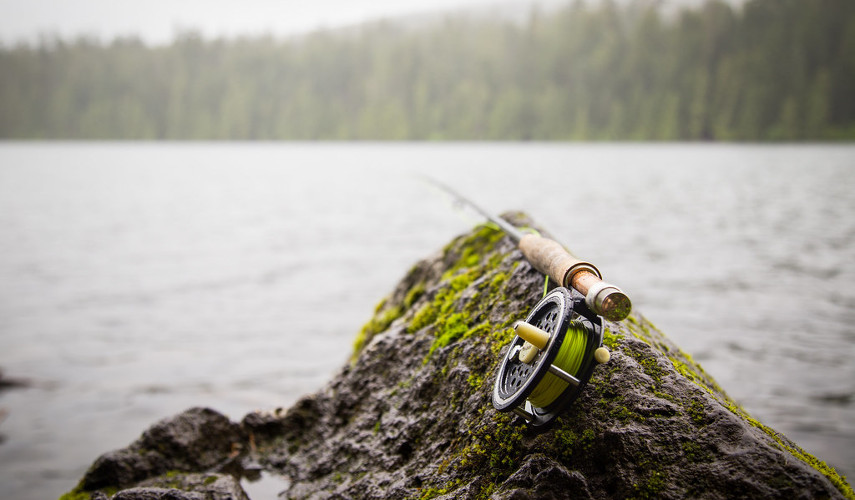Save Lures from the Snags
Are you tired of losing those favorite and productive lures each time you try to fish them around heavy structure? Sometimes it seems as if logs and limbs fall strategically in the water so they can gather cherished baits. On the same subject : A to Z of Ice Fishing Safety Tips in 2021. And how about those rocks with the interesting shapes that are perfectly designed for snagging lures?
As most anglers know, diving plugs are some of the most common victims of fallen trees and sharp rocks, and it’s no fun losing a $3 to $5 lure.
These lures snag frequently, of course, because of the two treble hooks hanging from the bottom of the bait. While these hooks are ideal for catching fish, they also have a tendency to snag easily.
To solve this frustrating problem, remove the front barb of each treble hook. The front barb is the one pointing to the bill of the lure. A pair of pliers with cutting jaws will work fine for this job. This modification will give you a crank bait that retrieves over logs, rocks and weed, instead of being a permanent part of the bass’s environment. Also, in most cases, the change doesn’t hamper the action of the lure or reduce the diving plug’s ability to hook fish.
With this change, areas you never dreamed of throwing a diving plug, can be fished with peace of mind.
A New Way to Weight Soft-Plastic Baits
Most anglers add bullet-shaped or split-shot weights to their soft-plastic rigs — worms, crayfish, grub or waterdog imitations — to make the lures sink at the proper speed. At times, however, these weights can weaken or damage line due to friction. This may interest you : How to Fish Crappie? – Indiana Info. They can also make the lure snag on dense underwater structure — where many anglers spend their time probing for bass.
Here’s a simple solution to those lure-weighting problems.
Cut a nail with cutting pliers to match a desired weight. Rig a worm, or other soft-plastic bait, and insert the nail in the head of the lure. Now the rig has weight, yet it is hidden inside the lure. This prevents undue underwater snagging as well as wear and tear on your line.

How Much Does He Weigh?
If you’re 40 miles upstream from nowhere, and there are no scales in the boat, how do you determine if the big bass you just caught might be a state record?
Here’s a quick way to estimate the weight of a bass within a few ounces. This formula is not perfect, but it is much better than your fishing partner’s guess.
Measure the fish’s length and girth (distance around the largest part of the fish’s body). If you don’t have a ruler or tape measure, remember that a dollar bill is six inches long and 2½ inches wide. (A $100 bill has the same measurements, but bass fishermen generally don’t have anything larger than a one!) If you have nothing but change in your pocket, a quarter is just slightly less than an inch in diameter.
Here’s the equation to use: The weight equals the length times the girth squared, divided by 800. An example:
Length is 20 inches. Girth is 15 inches.
Girth squared is 225 (15 x 15 = 225 x 20 = 4500 divided by 800 equals 5.6535 pounds). Really, it’s pretty close.
This holds true for all fish shaped like a bass.
For elongated fish like pike and trout, divide by 900.
If your bass factors out close to a listed minimum weight, a state or world record, do yourself a favor. Keep it wet, keep it cool, and keep it honest by accurately recording the weight as soon as possible.
If possible, keep it alive, too, and once it’s weighed, and properly measured, return and release it in the area where you caught it.
Put Some Float in Your Line
“Walking the dog” is a retrieve commonly used with top water lures to attract largemouth bass from deep, clear water, but many anglers have problems working this technique properly.
After casting a top water lure, an angler should let the lure sit motionless until the initial water ripples disappear. To walk the top water lure across the water, the angler should reel slowly while twitching the rod tip from side to side. The problem is: While the lure sits motionless, the monofilament line sinks in the water, which makes twitching and jerking the lure difficult.
To prevent the line from sinking, take an ordinary candle and rub it across the 5 to 6 feet of line nearest the lure. This will wax the line making it float, so starting the jerk-and-reel motion will be much easier. This also will help keep the nose of the lure out of the water, which is an important factor when using this jerk-and-reel technique.

Adding Weight to Minnow-Style Lures
Many anglers add weight to floating plastic or balsa minnow-baits for one of three good reasons: 1) So the lure will cast farther under windy conditions; 2) So the lure will dive deeper on retrieve; 3) So the lure will suspend rather than float to the surface during a pause in retrieve.
To modify the lure, many anglers add weight to the attached fishing line — placing a split-shot sinker a few inches from the bait’s nose. Although this addition improves the lure’s casting, diving and suspending abilities, it also kills the natural, wobbling action on retrieve.
Here’s how to add weight to minnow baits featuring three treble hooks, without sacrificing lure action and hooking capability.
Remove the center hook and split-ring, then squeeze a removable split-shot weight on the lure’s hook eyelet. A pair of needle-nosed pliers works well when performing this task.
The split-shot weight’s size will be determined by the amount of weight needed to cast the lure farther, retrieve it deeper or make it suspend.
How to Rig the Swimming Worm
One of the most effective ways to catch bass when nothing else works is the swimming-worm technique. This approach requires light line, no weight and a buoyant soft-plastic worm 4 to 10 inches long.
The hook of choice for this rig is a light-wire, Aberdeen-style hook. The 1/0 size is best for smaller 4- to 5-inch worms, while the 5/0 size (which can be difficult to find) works well with 7- to 10-inch worms. Rig the hook Texas-style, making certain the worm lies straight. Because the Aberdeen hook has no barbs to hold the worm in place, insert a flat toothpick through the hook eye and clip the ends flush against the worm. If the worm has a flat side, also make sure the hook point is inserted squarely in the middle of the worm to prevent line twist during retrieve.
Crawl the un-weighted plastic worm over pads or other surface vegetation, retrieving with twitches and pauses. Floating worms with air bubbles inside make extra-attractive presentations. Another successful technique is the “dead stick” look; simply cast the worm and let it sink with no retrieve.

